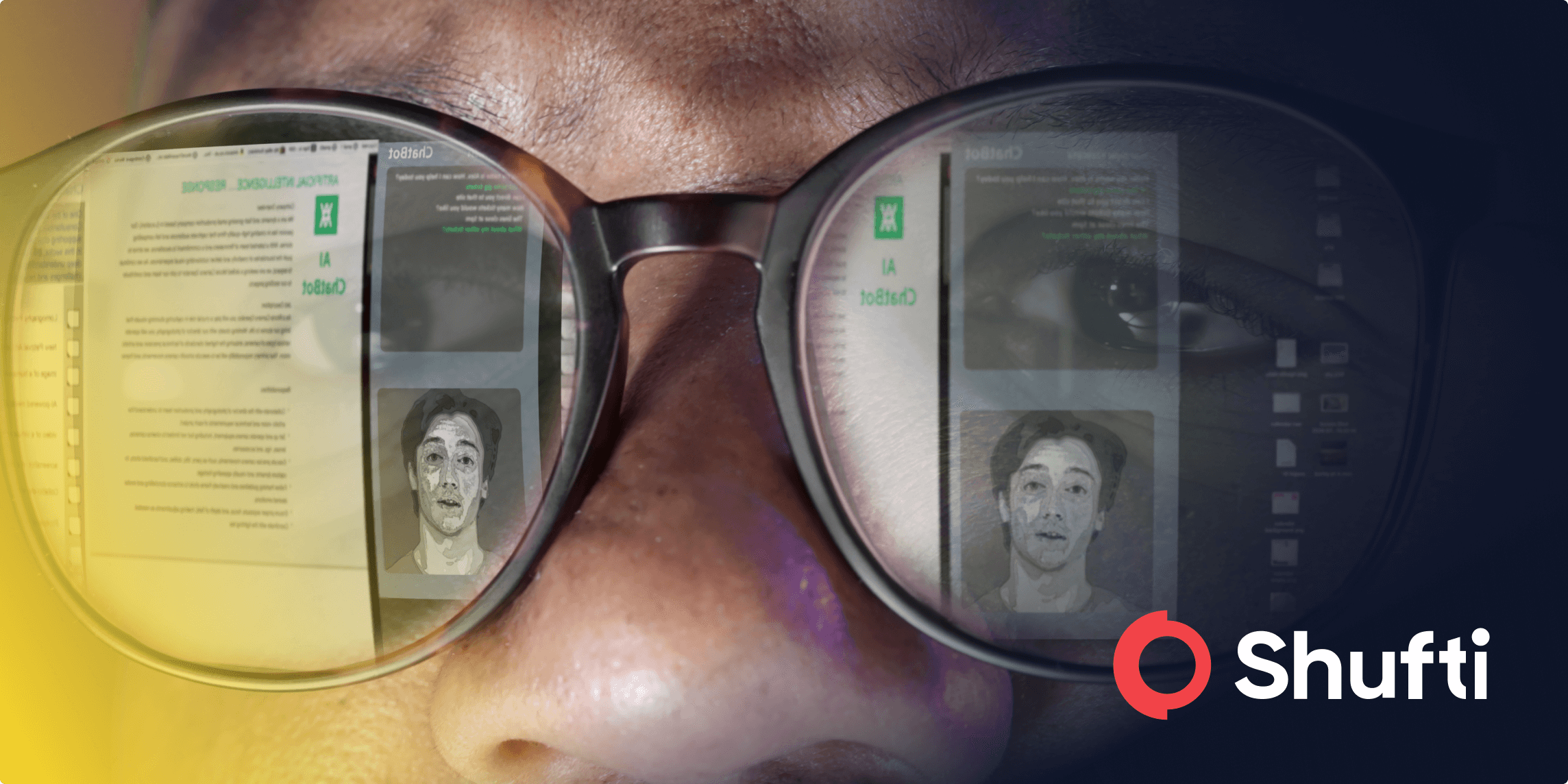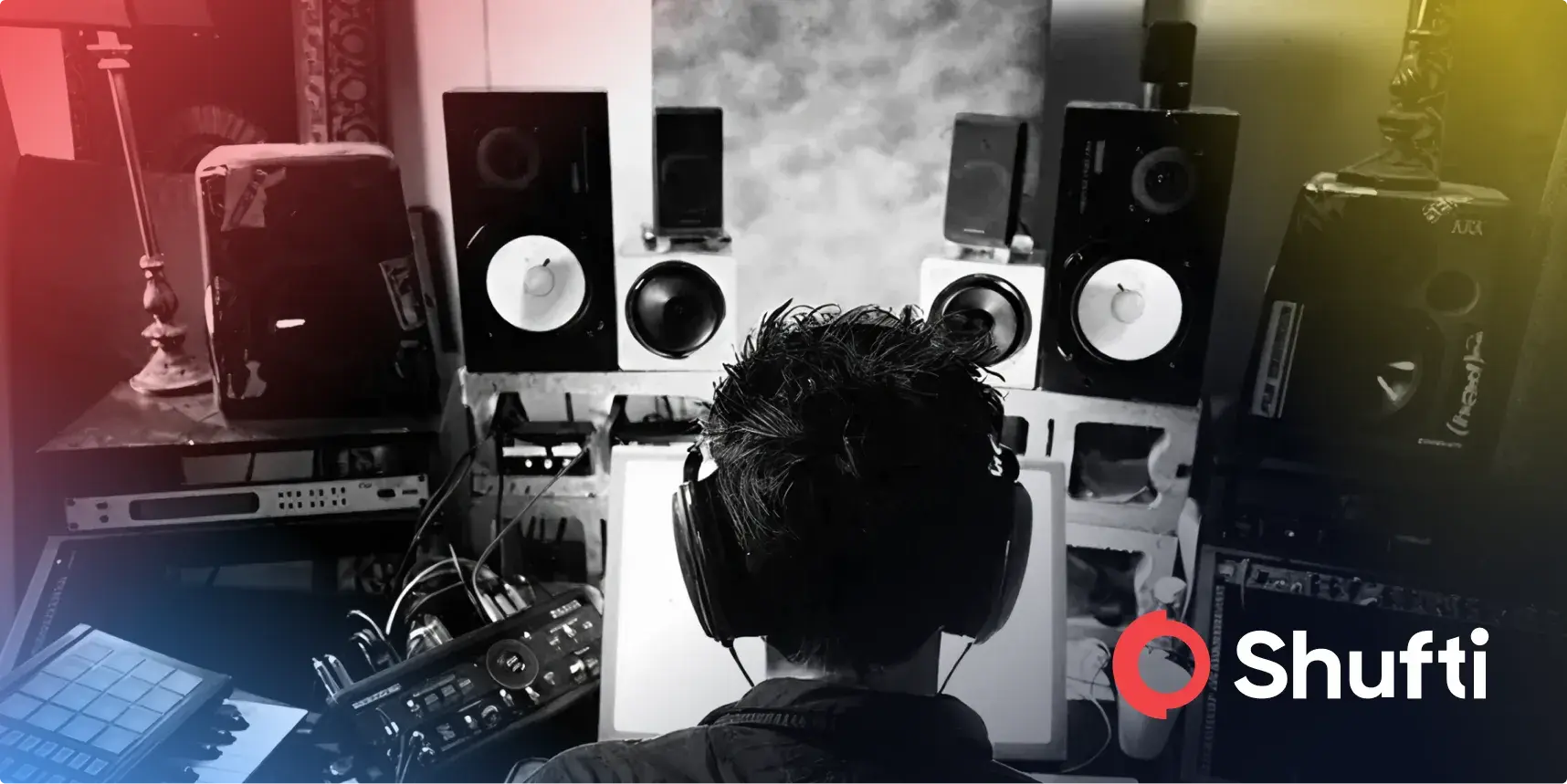Built for the Threat Ahead: How Shufti Delivers Deepfake Defense

From novelty to weapon, deepfakes have seen a surge in accessibility and complexity and, for unprepared organizations, represent a tidal wave of identity risk. In a new Gartner® report: How to Respond to the 2025-2026 Threat Landscape, Distinguished VP Analyst Jeremy D’Hoinne and his colleagues state that “the threat landscape is a perfect storm of volatility, uncertainty, complexity and ambiguity (VUCA).” Among the most pressing risks, it identifies deepfakes and synthetic identities as emerging risks requiring increased attention.
As a leading digital identity verification provider, Shufti’s in-house verification stack is built to detect and neutralize even the most convincing fakes. With iBeta-certified liveness, deepfake-specific detection, forensic-level document analysis, and a fraud engine trained on both real and adversarial data, Shufti delivers measurable resilience against synthetic identity fraud.
Biometric Verification with Deepfake Defense
Deepfakes are already reshaping fraud across sectors. In financial services, gaming, and insurance, synthetic identities and AI-generated media are being used to spoof KYC interviews, hijack accounts, and impersonate executives. Biometric deepfakes now account for up to 40% of identity attacks, with new attempts occurring every five minutes. Here at Shufti, we have observed a 244% increase in account takeover (ATO) and identity fraud incidents due to generative AI and deepfakes in 2025.
Shufti’s biometric verification system is designed to withstand today’s most sophisticated deepfake-powered identity fraud attacks. At its core is a facial recognition engine that combines certified liveness detection, 3D modeling, and AI-driven anomaly detection that ensures the user is real, live, and physically present.
Gartner states to “adopt an identity verification vendor with a liveness detection capability that has been independently tested in conformance with ISO/IEC 30107-3:2017 as an absolute minimum. Incorporating both active and passive liveness detection, in addition to presentation and injection attack detection, enhances face biometrics processes. In addition, look for complementary risk signals based on device telemetry, location intelligence and behavioral anomalies.”
Supporting this is a robust 3D facial reconstruction process that builds a real-time mesh of facial contours to detect media that is flat or artificially generated. It also includes deepfake-specific detection layers, such as:
- Eye movement simulation analysis
- Lip sync verification
- Pupil dilation response
- Texture and shadow consistency
These checks collectively allow Shufti to block impersonation attempts ranging from printed photo attacks and pre-recorded video replays, to advanced AI-generated synthetic faces and digitally injected face streams.
In terms of performance, Shufti’s facial biometrics solution achieves a 98.72% accuracy rate, with a 0% false acceptance rate and a 2.5% false rejection rate, placing it in the upper echelons of modern defenses against biometric spoofing threats.
Real-Time Defense Against Injected and Emulated Media
Shufti’s identity verification goes beyond just surface-level analysis. Instead of only evaluating what is presented by the end user, it interrogates the integrity of the media and how it was captured, transmitted, and rendered, exposing even subtle signs of manipulation.
Payload integrity verification is paramount to this effort as it inspects each image and video stream for bitstream inconsistencies, embedded watermark tampering, and any violations of encryption protocols. This ensures that media hasn’t been spoofed or altered between the user’s device and Shufti’s verification engine.
To detect emulator-based fraud, Shufti performs sensor-based authentication by drawing on gyroscope, accelerometer, and touch data to identify whether input is coming from a real device or a virtual environment. It also flags virtual machine signatures and behavioral anomalies like erratic cursor paths or delayed user interactions.
Stream manipulation detection catches attempts to inject pre-recorded or synthetic media including unnatural stillness, replay loops, and frame inconsistencies. These techniques allow Shufti to reveal deepfake injections and screen-replayed video streams in real time.
These capabilities align with Gartner’s emphasis on layered identity verification, especially as attackers adopt synthetic media and emulation tactics to bypass conventional identity checks.
Self-Updating AI for Real-Time Threat Evolution
VP Analyst Afik Khan makes it very clear: “The widespread availability of tools that leverage GenAI to create synthetic content, such as deepfake voices or videos, has lowered the level of expertise needed by attackers.” While most identity systems still rely on static logic and fixed model cycles, these are quickly becoming outpaced by the velocity of new generative attacks. So while deepfakes evolve in days, detection systems need to respond in hours.
Shufti’s platform is built for exactly that challenge. At the center of Shufti’s fraud prevention architecture is a self-calibrating AI framework that continuously evolves through processing real-world and adversarial data, including:
- Live ingestion of threat artifacts from the dark web, known deepfake generators, and bait document submissions.
- In-house creation of synthetic training samples using print-scan-recapture loops, GAN-generated faces, and physically manipulated document images.
Shufti’s agility is real and proven. When one client faced a surge of voter ID fraud generated with Stable Diffusion v2.1, Shufti retrained its CNNs and deployed a counter-mode within 23 minutes. The result was 99.8% fraud detection within the first hour.
Because Shufti owns the entire tech stack, there is no need to rely on third-party model updates to stay effective. Every response to new fraud is direct, immediate, and fully under control, which is critical as Gartner notes that “the continuing progress in AI, may still introduce new attack surfaces and opportunities for attackers.”
Readiness, Not Reaction
In the age of deepfake-driven identity fraud, traditional identity systems and single-point controls are no longer sufficient.
With a proven ability to detect advanced spoofing techniques, verify the integrity of media in real time, and retrain models in direct response to live threats, Shufti delivers that readiness. It’s not enough to keep pace with fraud, the ability to anticipate and neutralize it will be the ultimate differentiator. For organizations looking to stay ahead of the identity curve, Shufti is more than a solution, it’s a strategic advantage.
Deepfakes are evolving – is your identity strategy keeping up?
Learn how to future-proof your trust infrastructure in our latest report: Outsmarting the Deepfake Threat to Identity Trust
Sources:
Gartner. “How to Respond to the 2025-2026 Threat Landscape.” Gartner, 3 June 2025
Park, Becky, and Tom Gasden. “Deepfakes: AI Fraud Attacks Require Even Smarter AI Countermeasures. Now.” Deepfakes AI Fraud Attacks Require Even Smarter AI Countermeasures Now Comments, 21 Mar. 2025, shuftipro.com/blog/shufti-deepfake-fraud-detection/.
Vakulov, Alex. “Deepfake Scams Are Stealing Millions-How to Spot One.” Forbes, Forbes Magazine, 9 Mar. 2025, www.forbes.com/sites/alexvakulov/2025/03/09/deepfake-scams-are-stealing-millions-how-to-spot-one/.
GARTNER is a registered trademark and service mark of Gartner, Inc. and/or its affiliate in the U.S. and internationally and is used herein with permission. All rights reserved.










